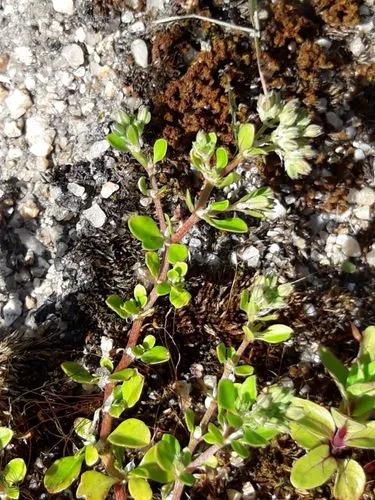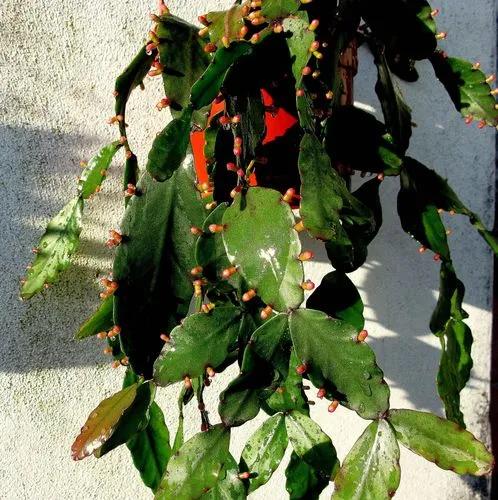Echeveria laui is one of the most attractive Echeverias. It is a slow-growing, usually unbranched succulent with blue-grey leaves covered with a powdery coating. The rosettes grow up to 6 inches (15 cm) tall and are up to 5 inches (12.5 cm) in diameter. Flowers are peachy-rose and appear in summer.
Echeveria Laui Care
Echeveria Laui



How to Care for the Plant

Water

Water the plant once a month during the winter season.

Fertilizer

Use 20-20-20 balanced fertilizer for mature plants, but for young plants, use a fertilizer with a reduced amount of nitrogen.

Soil

This sedum prefers quick draining soil, as it helps to prevent the root rotting. Give this plant a high-quality soil for succulents or potting mix for optimal growth.

Temperature

This plant prefers temperatures between 65° – 70° degrees Fahrenheit (18° – 21° C) during summers and around 50° degrees Fahrenheit (10° C) during the winter season.

Additional

Echeveria are safe around pets and humans, although it's not advisable to eat them. They are quite often used as ornaments on wedding cakes, although organically grown plants are suggested. Haworthia are non toxic.

Popularity

45 people already have this plant 26 people have added this plant to their wishlists
Discover more plants with the list below
Popular articles






